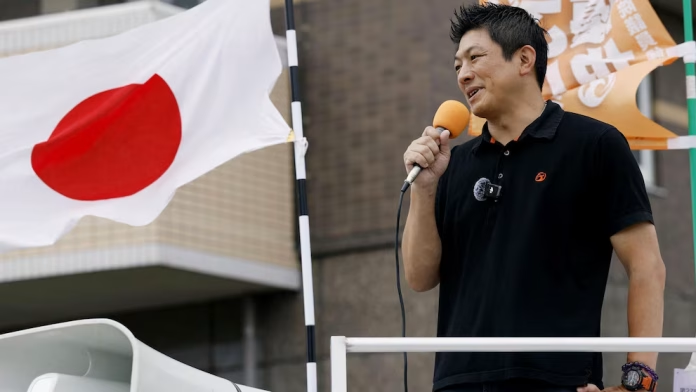On Sunday, voters across Japan cast their ballots to elect 125 members to the upper house of parliament. This election serves as a crucial test for Prime Minister Shigeru Ishiba and his minority government.
The vote covers seats in the House of Councillors, the upper chamber of the National Diet. Among the 125 seats, 75 are constituency-based. The remaining 50 will be determined through proportional representation.
By 10 am local time (01:00 GMT), voter turnout had reached 6.62%. This marks a slight increase of 0.45 percentage points compared to the same time in the 2022 election. The Ministry of Internal Affairs and Communications provided the figures, according to Jiji Press.
Polling ends at 8 pm (11:00 GMT), and final results are expected later in the evening.
Meanwhile, early voting figures reached a record high. Around 21.4 million people, or 20.58% of registered voters, cast their ballots in advance.
Coalition under pressure to retain majority
Currently, the ruling coalition formed by Ishiba’s Liberal Democratic Party (LDP) and its junior partner, Komeito holds 75 seats. However, to retain control of the upper house, they must win at least 50 seats in this election.
The last time the LDP lost its majority in the upper house was in 2007. Since then, the party has largely maintained its grip on power.
This vote comes at a time of growing concern over domestic and international issues. Rising inflation, security challenges in the region, relations with the United States, and foreign policy are all shaping voter sentiment. In addition, the future of Japan’s strained social security system remains a key issue.
Ishiba calls for long-term thinking
On the final day of campaigning, Prime Minister Ishiba urged voters to think beyond short-term politics.
“If politicians only focus on what’s happening now and on themselves, this country will not survive,” he said during a speech in Tokyo.
He went on to add, “We must protect Japan at all costs. The next six years could be the most difficult period for both Japan and the world.”
The House of Councillors consists of 248 members. Each member serves a six-year term. Elections take place every three years to renew half of the seats. This year, voters are choosing 124 members, along with one additional seat to fill a vacancy.
